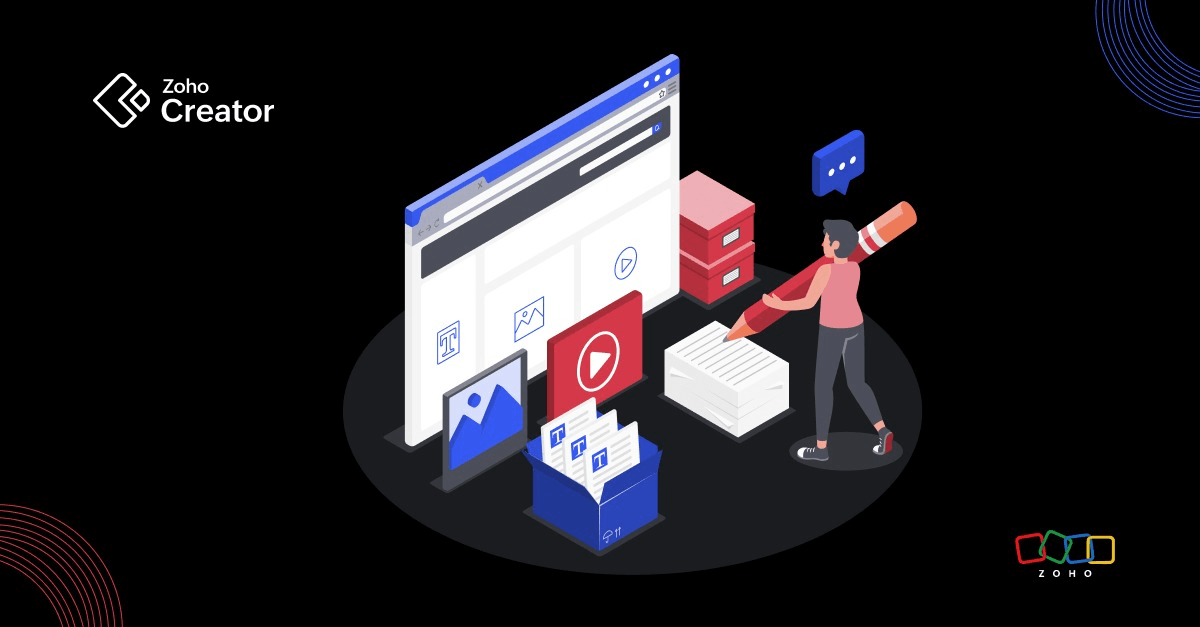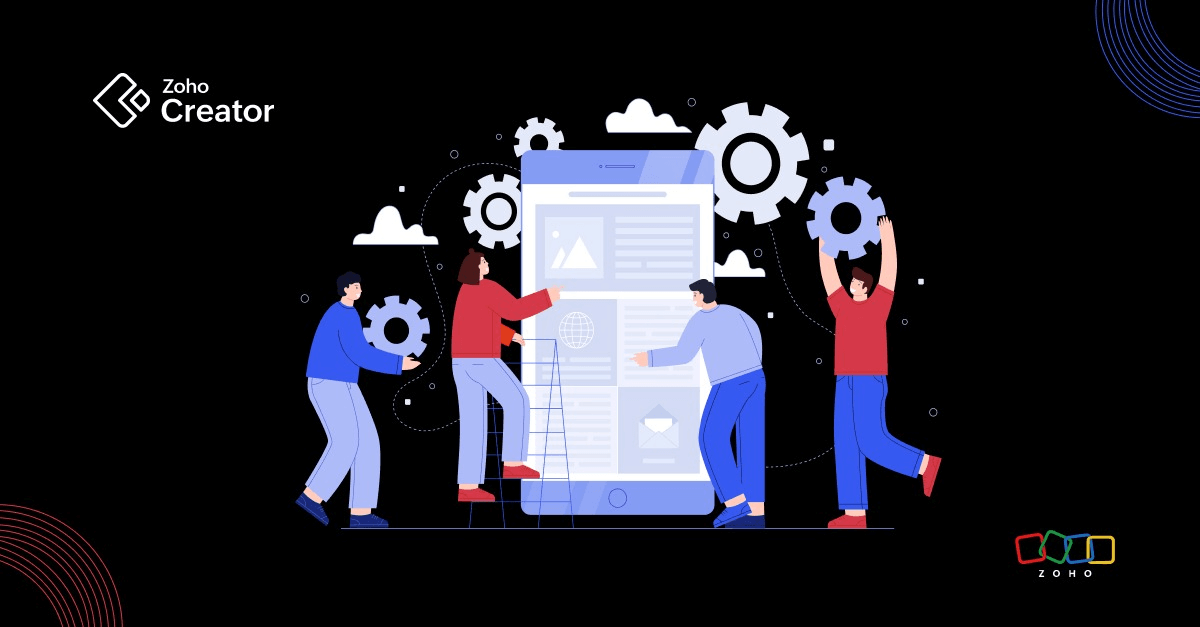- HOME
- Know Your Tech
- Understanding agile software development
Understanding agile software development
- Last Updated : April 20, 2023
- 2.7K Views
- 4 Min Read
Developing custom applications using agile methodologies is now the norm for technology teams. Because agile enables collaborative, fast, and iterative development life cycles, it allows enterprises to accelerate go-to-market, and continuously evolve and improve their product. According to the 14th Annual State of Agile Report, 95% of companies report that their organization practices agile methodology. Of this, 81% state that they follow agile practices while working with distributed teams.
With such a high adoption number, there’s definitely something that agile gets right when it comes to keeping development projects on track.
What exactly is the agile development approach?
Agile development methodology focuses on continuous, iterative development. Under the agile framework, every project is approached in a cross-team collaborative manner, wherein any product goes through multiple cycles of testing and feedback. Changes can be incorporated in each new cycle, leading to a state of continuous development.
Unlike traditional approaches, agile allows developers to get feedback from stakeholders—primarily end users—to understand and identify issues and bugs before they become too well-baked into the system. This helps teams optimize features, ensure faster development, and stay aligned with user expectations.
This is exactly why businesses have been quick to adopt agile software development.
With agile development, they’re able to quickly ship out minimum viable products that give them a first mover advantage in competitive markets. And continuous development thereafter ensures that they can enhance the end-user experience and boost sales. Additionally, with the evolution of low-code platforms and other collaboration tools, the agile framework can bring significant speed to the software development process.
Development of applications under different agile frameworks
As the agile methodology gained popularity, businesses began to adopt different approaches and platforms for agile software development, based on their requirements and bandwidth. While most of these frameworks work on the same set of principles, the development process might differ a bit.
Here are some of the most popular agile frameworks that are currently used by businesses
Scrum
Scrum is one of the most popular frameworks, with over 62.7% of engineers choosing it for development. This framework focuses on increasing the productivity of the team and delivering products using various meeting structures in a development life cycle.
Here’s how it usually works:
The product owner prioritizes and supervises tasks for a particular sprint—a short period of time where the development takes place in parts. All these tasks are broken up and tracked on an agile board. This board consists of all the tasks, from building features, to integrating APIs, to bug fixes, and anything else in the backlog.
Each sprint ends with a demo of the built functionality, or bug fixes to check the status and if it needs further work or not.
Each sprint also has daily standup meetings, to keep track of everyday tasks and ensure a smooth flow of communication between team members. It helps in quickly solving all issues faced by the team.
Kanban
Similar to scrums, kanban also works on agile principles and focuses on team-based collaborative task management. This approach is usually adopted when the tasks appear unpredictably in a workflow, or if a workflow already exists in the development cycle. The main motive here is to optimize the existing process while simultaneously working on the new ones.
A typical mobile development process using the kanban approach includes:
Using a kanban board to visualize the task workflow, which allows all the team members to track and see the progress on all tasks in the pipeline. They are also able to see how and at what level these tasks are contributing to the overall development cycle.
This approach allows you to keep your work-in-progress limited. This simply means that developers can focus and start working on new tasks while others are already in the pipeline.
The flow of the work is designed on a kanban board, in such a way that the development process keeps moving and the focus remains on maximizing the value of each task that needs attention.
Extreme programming (XP)
XP is considered one of the most organized development frameworks that enterprises adopt. Kent Beck, the creator of extreme programming, described this framework as one of the most popular, and controversial frameworks to be adopted.
According to him, the original XP method is based on four values—simplicity, communication, feedback, and courage.
Under this framework, focus essentially remains on developing high-quality software quickly, based on customer feedback, regular testing, and cross-collaboration. This development approach is backed with solid planning at each development stage.
With more businesses driving digital transformation to grow their market share in the future, they’ll need to deploy more secure and reliable tech capabilities. And agile development of these applications, using the right agile development approach, would enable businesses to have more efficient and productive in-house tech teams.
Agile software development and low-code platforms
What’s also significantly helpful while building your in-house tech capabilities is a simpler way to build applications. Low-code platforms are just that, allowing business users and development teams to quickly collaborate on building out minimum viable products, and starting the feedback loop. Businesses can expect a quick development cycle involving lower operational costs and effort.
In fact, low-code platforms align well with agile methodologies because:
They allow for rapid development of workable products that can be rolled out and tested, and then start the iteration process
Just like agile frameworks, low-code platforms are built for easy collaboration among developers and other stakeholders, and allows them to implement changes rapidly.
This is what makes low-code platforms and agile development methodologies an ideal choice for businesses to achieve their digital transformation goals. From saving development costs, to offering a shorter and more synchronized development cycle, businesses can experience significant growth by proactively leveraging agile practices with low-code platforms.
 Tejas Gadhia
Tejas GadhiaTejas is an evangelist at Zoho with his focus set at enabling developers build powerful solutions using Zoho's tech stack.



